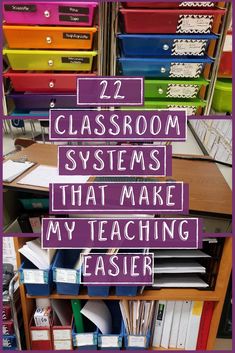In the modern educational landscape, the integration of technology in the classroom has become not just common, but expected. An “IClassroom,” or Internet-based Classroom, is a tech-forward approach to teaching that leverages online and digital resources to enhance the learning experience. Setting up an IClassroom requires careful consideration of both technological infrastructure and the educational materials used.
The key elements for an IClassroom setup include hardware, software, and digital teaching resources. Hardware encompasses interactive whiteboards, student devices like tablets or laptops, projectors, and a robust internet connection. Software includes learning management systems (LMS), such as Google Classroom or Blackboard, that allow teachers to distribute assignments, track progress, and facilitate communication with students.
However, it is the teaching resources that truly enrich an IClassroom. These can range from virtual textbooks to subscription-based educational sites offering interactive lessons. Tools such as Kahoot! enable teachers to create gamified quizzes that make learning more engaging. Similarly, websites like Quizlet offer flashcards and study tools that students can access anytime, anywhere.
Additionally, open educational resources (OER) play a pivotal role in IClassrooms by providing free educational content that can be customized by educators. OER databases like Merlot or OER Commons offer a plethora of materials across various subjects. Teachers can integrate videos from platforms like Khan Academy or TED-Ed to provide visual learning experiences on complex topics.
In conclusion, an ideal IClassroom setup doesn’t just stop at installing technology; it involves curating a suite of digital teaching resources that are accessible, versatile, and aligned with the curriculum. By doing so, educators create a dynamic learning environment where technology is not a gimmick but a powerful tool for knowledge dissemination and student engagement.





